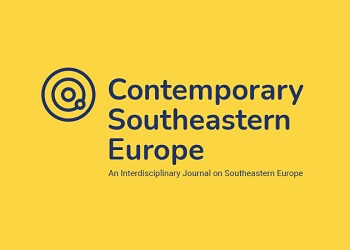Slovenia and the Census: From the 20. Century Yugoslaw Counts to the Register-Based Census of 2011
Slovenia and the Census: From the 20. Century Yugoslaw Counts to the Register-Based Census of 2011
Author(s): Damir JosipovičSubject(s): Demography and human biology, Ethnic Minorities Studies
Published by: Universität Graz
Keywords: census in Slovenia;minorities;ethnicity;discrimination;
Summary/Abstract: The article critically examines censuses in the Republic of Slovenia. Owingto its Yugoslav past, the censuses after 1945 have been closely scrutinized,and the common Yugoslav census methodology had a strong influence onthe 1991 and 2002 censuses. The 1991 enumeration was carried out withinthe Yugoslav state; however the data processing and result publishing wasdone under the newly independent Slovenian state. The 2002 census wasthe last census to be carried out using classic door-to-door enumeration,since the 2011 census was completely register-based. The paper explorescensuses in Slovenia since 1991, noting numerous changes andcontroversies. In 2002, in contrast to 1991, the applied definition of theresident population left out some 35,000 people working temporarilyabroad. In addition, the 2002 census witnessed the highest ever number ofethnically non-affiliated respondents. An even bigger controversy wasrelated to the erasure of some 30,000 people from the register ofpermanent residents for failing to apply for Slovenian citizenship after thebreak-up of Yugoslavia. The article also briefly reviews the difficulty inaddressing the status of the constitutional national minorities and otherunrecognized former Yugoslav nations in a situation in which specific dataon their number, social and economic structure are no longer collected.
Journal: Contemporary Southeastern Europe
- Issue Year: 2/2015
- Issue No: 2
- Page Range: 159-175
- Page Count: 17
- Language: English

